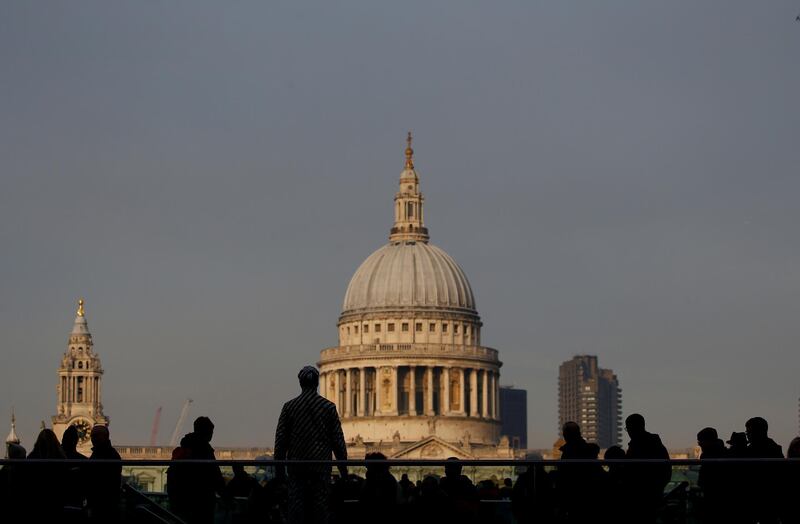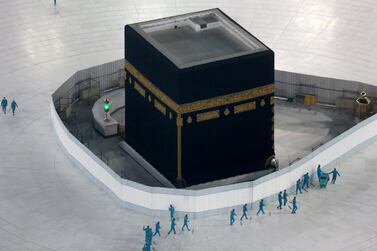A Muslim convert who wanted to blow up St Paul's Cathedral in London was a drug abuser with family problems and was vulnerable to radicalisation, a court was told.
At a sentencing hearing at the Old Bailey in London, which will continue on Tuesday, prosecutor Alison Morgan described Safiyya Amira Sheikh, 37, as "a violent extremist who pledged her support" to ISIS.
Shaikh, who was born Michelle Ramsden, from Hayes in west London, has admitted to preparing extremist acts and disseminating terrorist information. She became a Muslim in 2007 but her family did not support her conversion and she became isolated, the court heard.
Shaikh had watched hours of extremist videos online, including some produced by ISIS and Abdullah Azzam, the Palestinian co-founder of Al Qaeda.
While many of the extremist videos that helped to radicalise Safiyya Amira Shaikh are no longer available, other radical content remains online because it does not explicitly condone acts of terrorism, with much of it easily available on YouTube.
Shaikh's plot to bomb St Paul's was stopped by undercover intelligence officers who befriended her.
She sent one of the officers photos from inside St Paul’s with the message: “Under this dome. I would like to put the bomb.”
In another post, Shaikh said: “Always wanted to be a warrior soldier of Allah. I just don’t want to waste any second.
"If I am going to die, I want to do most I can until the end.”
She said she wanted to achieve martyrdom after becoming disillusioned with the "moderate version of Islam" she found in mosques.
The Global Network on Extremism and Technology, a research group that studies how terrorists use technology, explained how Shaikh had been radicalised and how the material that tempted her is still available online.

It said there were three aspects of her life that made her vulnerable to terrorists: Shaikh had a drug problem, was isolated from family and friends and lacked critical thinking skills, which allowed her to believe she could change the colour of her eyes.
Online, she was an administrator on a Facebook page for Muslim converts, especially women, that was created in 2012 and she was also active on Telegram.
Her YouTube playlists, with titles such as "drug support" and "duha [prayer] for addict", offered an insight into her state of mind.
Shaikh tried to find social belonging online and she would also attempt to build relationships offline, attending mosques and trying to meet other female converts in person.
But the court heard these efforts ended by the start of 2016.
Shaikh was susceptible to conspiracy theories, including one that claimed Jewish people were responsible for the 9/11 attacks in the United States, and ideas that sound waves could change eye colour to purple.
She also spent hours watching material from some of the most notorious extremists in the world.
Much of this content is still easily accessible because it is promoted as Islamic teachings or does not directly call for violence.
And because of that, YouTube moderators may not automatically detect it or be aware of its potential for harm.








